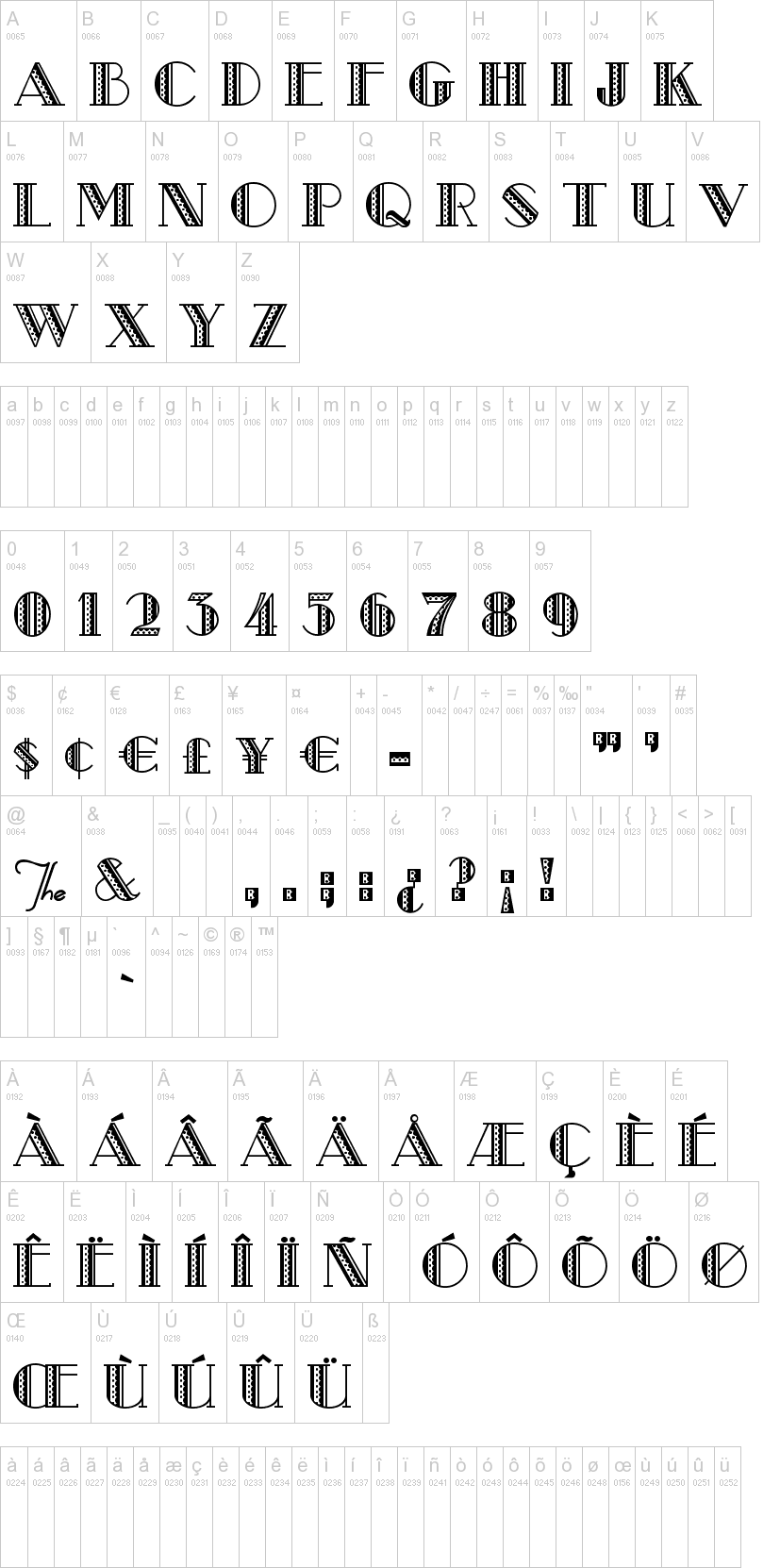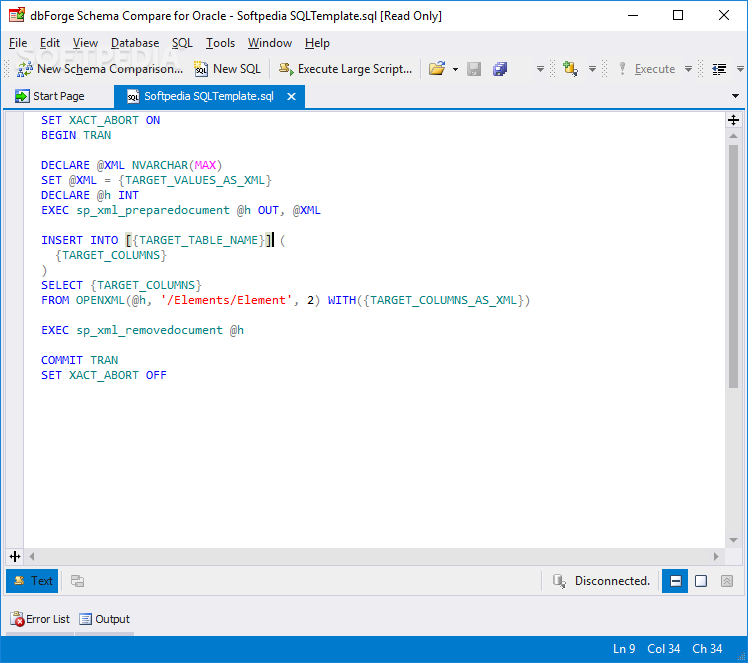


If (GPRS.available()) // if date is comming from softwareserial port => data is comming from gprs shield

Serial.begin( 9600) // the Serial port of Arduino baud rate. Unsigned char buffer // buffer array for data recieve over serial port int count= 0 // counter for buffer array void setup() Serial Relay - Arduino will patch a // serial link between the computer and the GPRS Shields // at 9600 bps 8-N-1 // Computer is connected to Hardware UART // GPRS Shield is connected to the Software UART Finall we will clearing the buffer and reset the count back to zero. Notice below, when we are sending the response back to PC, we read one character at a time and hold the same in buffer with the size as 64 and then write the same over serial port. Also we do code for sending the GSM Shield response back to PC.

Simple Arduino Serial Communication basics If you are a beginner to Arduino, take a look into the official Arduino website ĭownload BETA_GSM_GPRS_GPS_IDE100_v307_1.zip or the latest one. The one which I'm using is a Quad band which means it only works with 2G compatible GSM Sim cards.ģ) SIM 900 Library for Arduino – You can download from. Please note, the GSM Shield for Arduino comes with a 2G, 3G etc. If you have questions regarding the SIM card with which I have tested is,T-Mobile Standard Prepaid SIM card.īelow is the snapshot of the GSM SIM 900 Shield with Arduino Unoġ) Arduino, the most commonly used ones are Arduino Uno.Ģ) GSM SIM 900 – It’s a cheap and easy to use shield. That being said, it will not work with 3G or 4G LTE SIM cards. Please note, I am using a 2G Modem which means it works only with 2G compatible SIM card. In this article, I am going to walk you through on how to use Arduino and GSM SIM 900 modem for Sending and Receiving SMS.


 0 kommentar(er)
0 kommentar(er)
